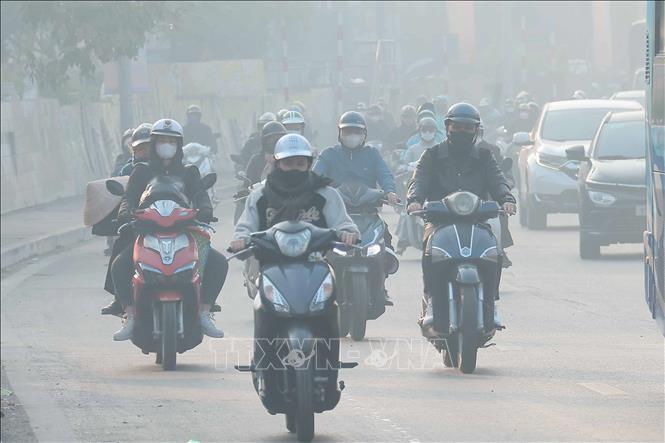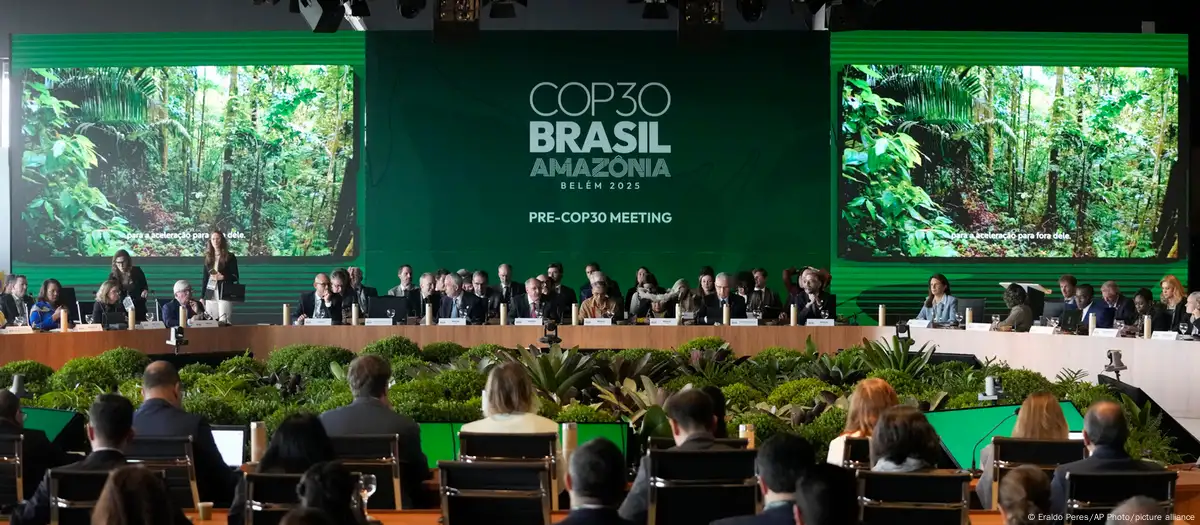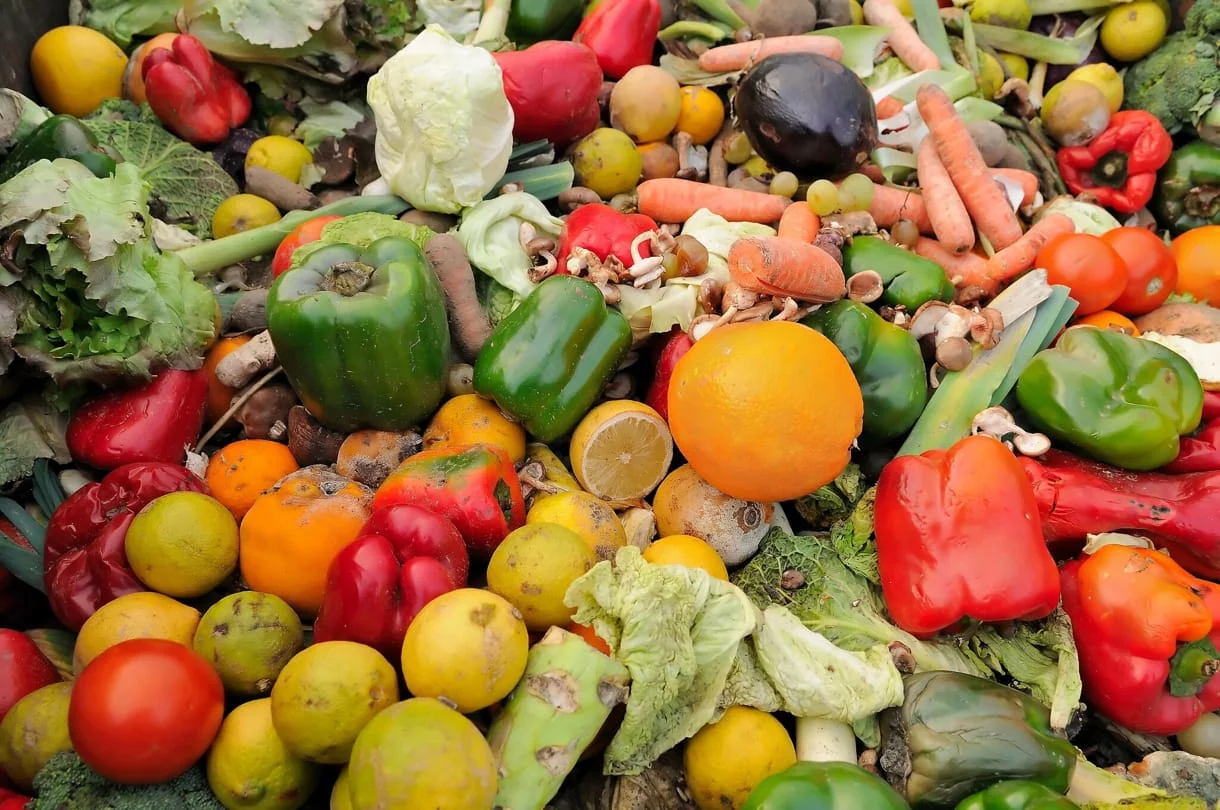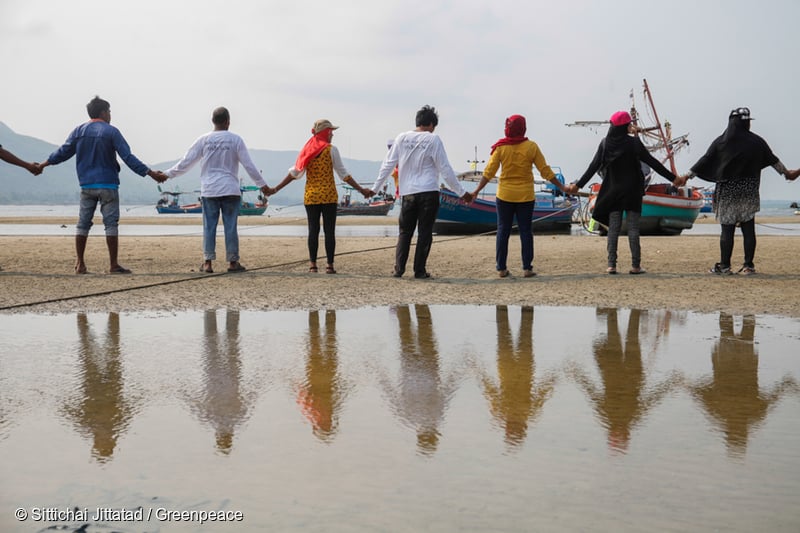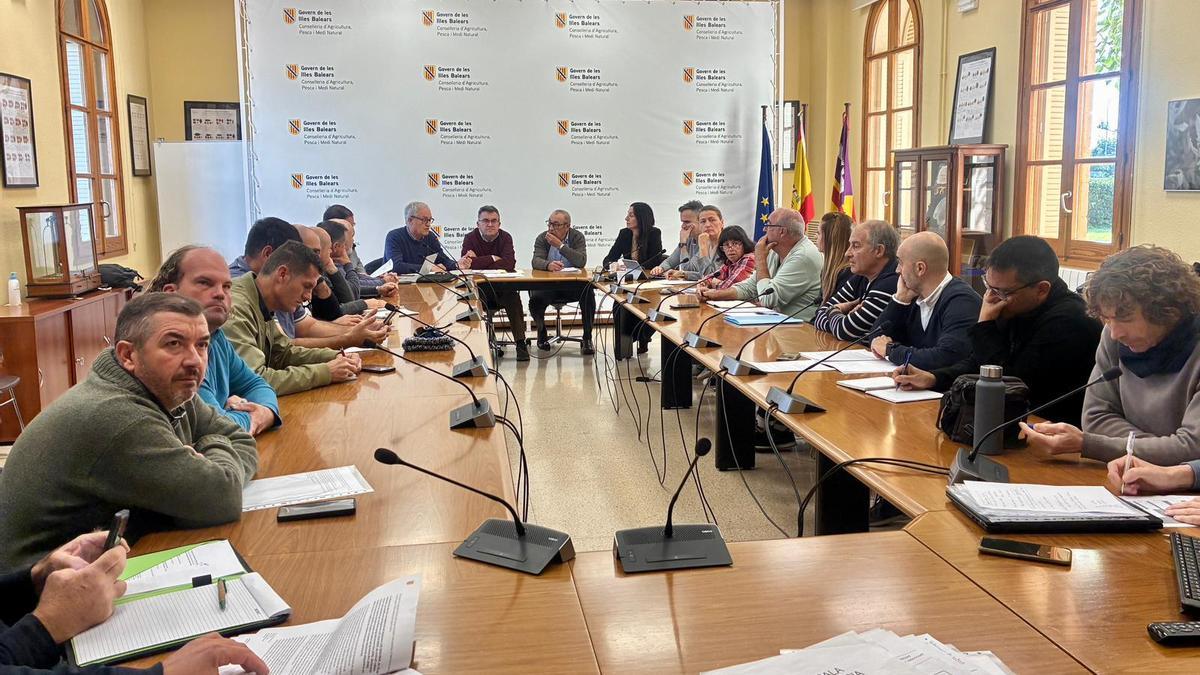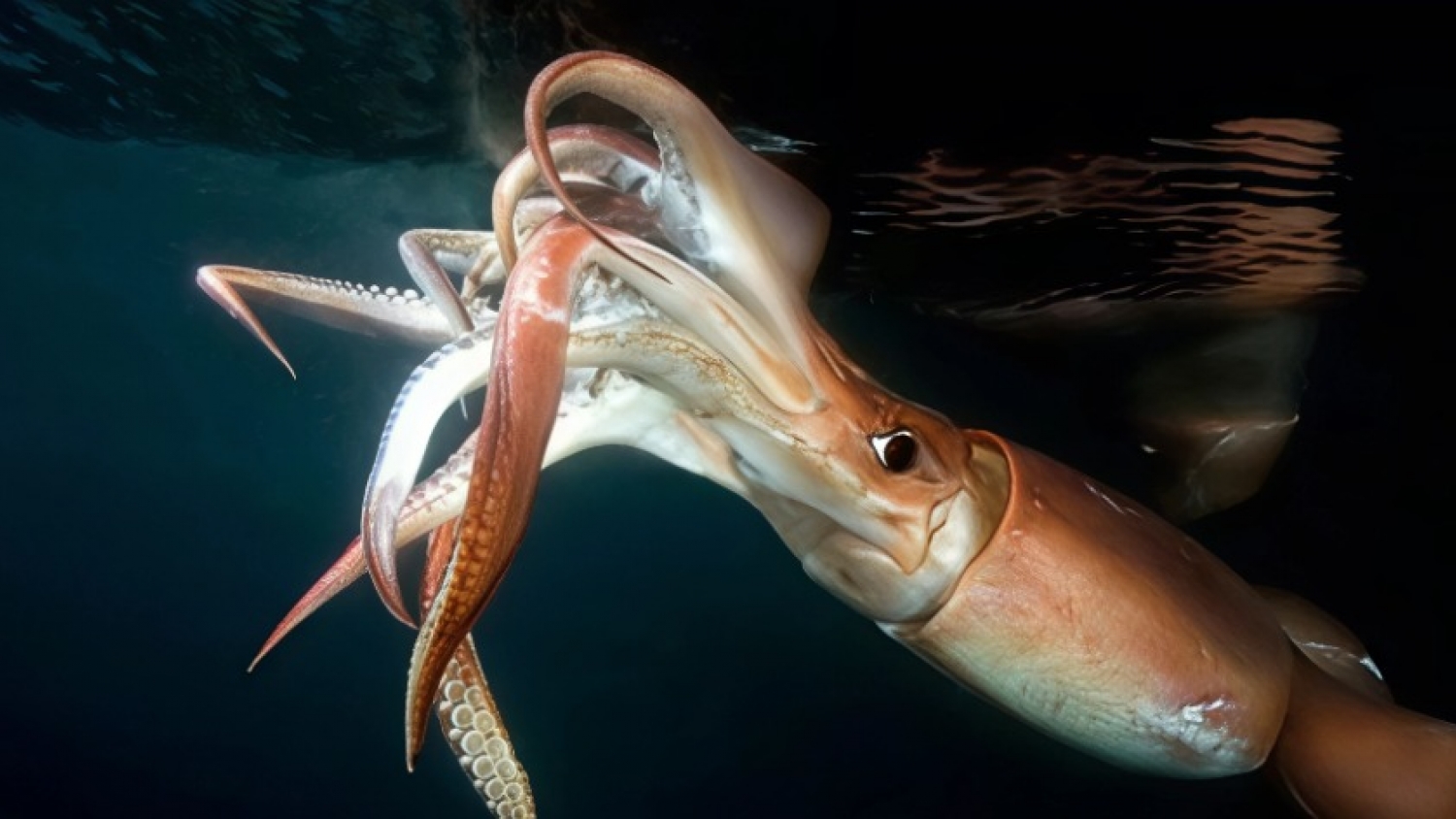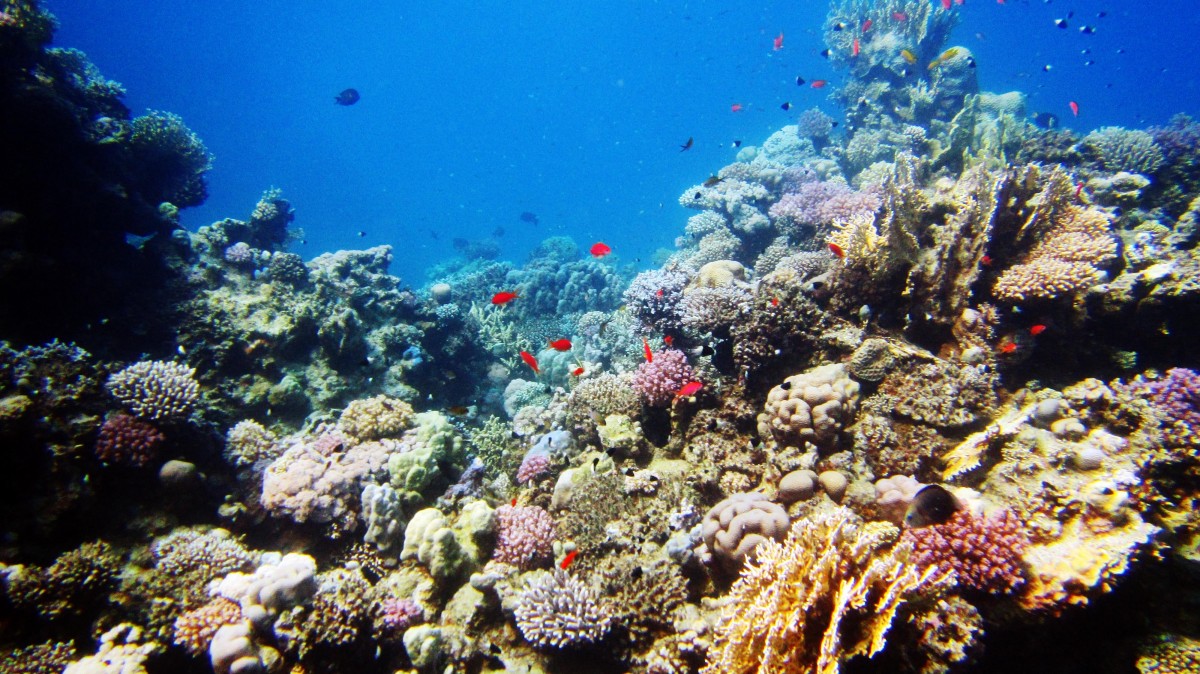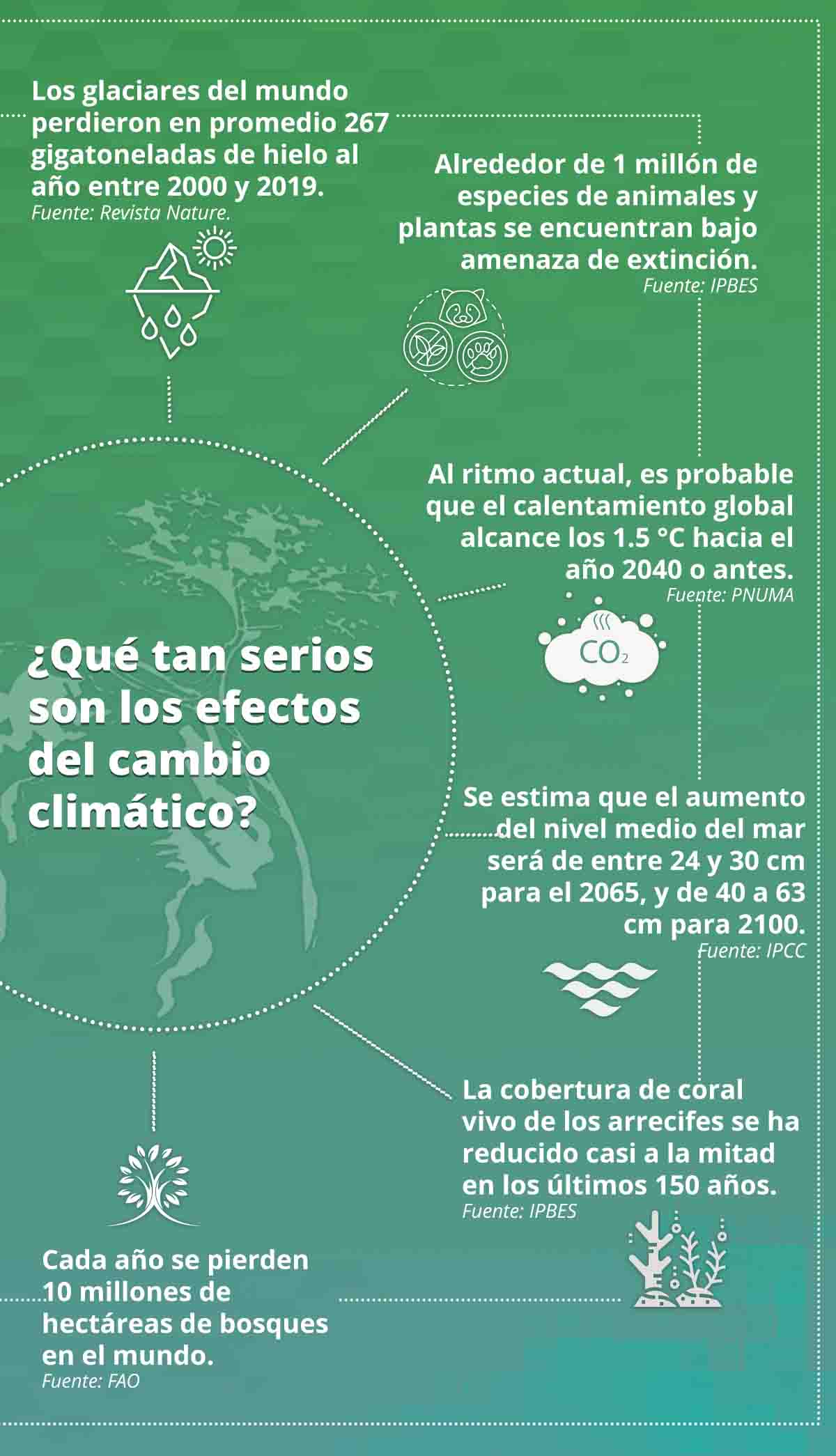Barcos pesqueros chinos amenazan los recursos del mar peruano: 525 naves operaron cerca de la ZEE durante todo el 2024 – Infobae

Report on Foreign Fleet Activity Near Peruvian Maritime Borders and Implications for Sustainable Development Goals
1. Executive Summary: Threat to Marine Sustainability and National Sovereignty
This report details the significant and growing pressure exerted by foreign industrial fishing fleets, predominantly from China, on the maritime boundaries of Peru’s Exclusive Economic Zone (ZEE). This activity poses a direct threat to the achievement of multiple Sustainable Development Goals (SDGs), most notably SDG 14 (Life Below Water), by promoting unsustainable fishing practices and undermining marine conservation efforts. The situation also impacts SDG 8 (Decent Work and Economic Growth) and SDG 1 (No Poverty) by jeopardizing the livelihoods of local Peruvian fishing communities. The lack of effective state surveillance highlights critical gaps in governance, challenging the principles of SDG 16 (Peace, Justice, and Strong Institutions).
2. Analysis of Foreign Fleet Operations in 2024
Data from 2024 indicates a massive concentration of foreign vessels operating in close proximity to the Peruvian ZEE, a region that overlaps with the highly productive Humboldt Current ecosystem. This intense activity directly undermines efforts to regulate fishing and conserve marine stocks as mandated by SDG 14.
- Total Vessels Recorded: 1,359 vessels operated within 500 nautical miles of the Peruvian coast.
- Fleet Composition by Nationality:
- Chinese Vessels: 525 (38% of the total)
- Ecuadorian Vessels: 370
- Peruvian Vessels: 239
- Primary Target Species: The fleets primarily target squid (pota), a crucial species for both the marine ecosystem and the local economy.
The dominance of the Chinese distant-water fishing fleet, the world’s largest, is driven by the depletion of resources in its own waters, leading to the displacement of fishing efforts and creating unsustainable pressure on global marine ecosystems. This practice is contrary to the principles of SDG 12 (Responsible Consumption and Production).
3. Socio-Economic and Environmental Consequences
The unregulated and large-scale operations of foreign fleets have severe consequences that impede Peru’s progress toward its national development and sustainability targets.
Economic Impact
The economic repercussions directly threaten the stability of the local fishing sector, affecting thousands of families and undermining SDG 8 (Decent Work and Economic Growth).
- Estimated Annual Loss: According to the Lima Chamber of Commerce (CCL), Peru loses approximately USD 800 million annually due to illegal and unregulated squid fishing by foreign vessels.
- Unfair Competition: Peruvian fishermen, who must adhere to strict regulations and fishing bans, face unfair competition from foreign fleets that do not pay taxes or comply with local conservation measures. This disparity compromises the economic viability of sustainable local enterprises.
Environmental Impact
The ecological integrity of the Humboldt Current, which accounts for an estimated 20% of the world’s total fish catch, is at risk. This compromises global food security and directly contravenes the core objectives of SDG 14 (Life Below Water).
- Threat to Biodiversity: Overfishing of key species like squid disrupts the marine food web and threatens the long-term health of one of the planet’s most productive marine ecosystems.
- Illegal, Unreported, and Unregulated (IUU) Fishing: Frequent incursions into the 200-mile ZEE have been reported, constituting a clear violation of international maritime law and a setback for global efforts to combat IUU fishing under SDG target 14.4.
4. Institutional Weaknesses and Recommended Actions
The core of the problem lies in a structural deficit in Peru’s maritime surveillance and enforcement capabilities, a challenge to SDG 16 (Peace, Justice, and Strong Institutions). The absence of a state-controlled national satellite monitoring system creates opportunities for irregular and illegal activities to go unchecked.
Recommendations for Strengthening Governance
The Lima Chamber of Commerce has proposed a series of measures to enhance state control and deter illegal incursions, aligning with international best practices seen in Chile and Argentina. Achieving these goals may also require international cooperation, as envisioned in SDG 17 (Partnerships for the Goals).
- Implement Stricter Fiscalization and Enforcement: Enhance patrol and monitoring capabilities to actively police the ZEE.
- Authorize Decommissioning of Infringing Vessels: Adopt a policy of immediate seizure and decommissioning of any vessel caught engaging in illegal fishing within Peruvian waters.
- Suspend Logistical Services: Prohibit access to Peruvian ports and logistical support for vessels implicated in IUU fishing.
- Utilize Diplomatic Channels: Issue formal diplomatic protests to the flag states of vessels engaging in illegal or unsustainable practices.
Analysis of Sustainable Development Goals in the Article
1. Which SDGs are addressed or connected to the issues highlighted in the article?
-
SDG 14: Life Below Water
This is the most central SDG, as the article focuses on the intense pressure on marine ecosystems in the South Pacific due to large-scale industrial fishing. It discusses the threat to marine biodiversity and the sustainability of fish stocks, particularly in the highly productive Humboldt Current ecosystem.
-
SDG 8: Decent Work and Economic Growth
The article directly links the activities of foreign fleets to negative economic consequences for Peru. It highlights the impact on the local fishing industry, the livelihoods of thousands of families, and significant financial losses for the country, thus connecting to sustainable economic growth and employment.
-
SDG 16: Peace, Justice and Strong Institutions
A key theme is the weakness of Peruvian state institutions in monitoring and controlling their maritime space. The article points to a “falta de vigilancia efectiva” and the “ausencia de un sistema nacional de monitoreo satelital,” which are issues of governance and institutional capacity.
2. What specific targets under those SDGs can be identified based on the article’s content?
-
SDG 14: Life Below Water
- Target 14.4: By 2020, effectively regulate harvesting and end overfishing, illegal, unreported and unregulated (IUU) fishing and destructive fishing practices. The article’s core issue is the massive, poorly controlled fishing activity by foreign fleets near Peru’s ZEE, which aligns with the challenges of IUU fishing. The text mentions “incursiones dentro de las 200 millas de la ZEE peruana” and a lack of “controles claros,” which are central to this target.
- Target 14.7: By 2030, increase the economic benefits to Small Island developing States and least developed countries from the sustainable use of marine resources, including through sustainable management of fisheries. While Peru is not an SIDS, the principle of securing economic benefits from its own marine resources is directly relevant. The article states that Peru is losing “cerca de 800 millones de dólares al año” due to this foreign fishing activity, indicating a failure to realize these economic benefits.
-
SDG 8: Decent Work and Economic Growth
- Target 8.5: By 2030, achieve full and productive employment and decent work for all women and men. The article states that the captures of species like “pota” are no longer a “garantía para miles de familias de la costa norte,” directly threatening the livelihoods and employment of local fishing communities.
-
SDG 16: Peace, Justice and Strong Institutions
- Target 16.6: Develop effective, accountable and transparent institutions at all levels. The article critiques the Peruvian state’s capacity, noting that “la ausencia de un sistema nacional de monitoreo satelital bajo control del Estado favoreció el ingreso irregular de flotas extranjeras.” The call from the Chamber of Commerce for “fiscalización más estricta” and “decomiso de embarcaciones infractoras” underscores the need for more effective institutions.
3. Are there any indicators mentioned or implied in the article that can be used to measure progress towards the identified targets?
-
For SDG 14 (Target 14.4):
The article provides quantitative data that can serve as indicators of the scale of the problem.
- Number of foreign vessels operating near the ZEE: The article specifies “525 fueron de origen chino” out of a total of 1,359 vessels in 2024. A reduction in this number could indicate progress.
- Proportion of foreign vs. national fleets: The text highlights a “desequilibrio notable,” with 525 Chinese vessels compared to 239 Peruvian vessels. Measuring this ratio over time would track progress.
-
For SDG 8 (Target 8.5 & SDG 14 Target 14.7):
A clear economic indicator is provided to measure the financial impact.
- Annual economic loss from illegal/unregulated fishing: The article explicitly states that Peru loses “cerca de USD 800 millones al año.” Tracking this figure would directly measure progress in securing economic benefits from marine resources.
-
For SDG 16 (Target 16.6):
The article implies indicators related to institutional capacity and enforcement.
- Existence of a national satellite monitoring system: The article points to the “ausencia de un sistema nacional de monitoreo satelital.” The establishment of such a system would be a key progress indicator.
- Number of enforcement actions taken: The call for “decomiso de embarcaciones infractoras” implies that the current number is low or zero. An increase in seizures and other enforcement actions would indicate stronger institutional response.
4. Table of SDGs, Targets, and Indicators
| SDGs | Targets | Indicators |
|---|---|---|
| SDG 14: Life Below Water | 14.4: End overfishing and illegal, unreported and unregulated (IUU) fishing. |
|
| SDG 14: Life Below Water | 14.7: Increase economic benefits from the sustainable use of marine resources. |
|
| SDG 8: Decent Work and Economic Growth | 8.5: Achieve full and productive employment and decent work for all. |
|
| SDG 16: Peace, Justice and Strong Institutions | 16.6: Develop effective, accountable and transparent institutions. |
|
Source: infobae.com
¿Cuál es tu reacción?
 Me gusta
0
Me gusta
0
 Disgusto
0
Disgusto
0
 Amor
0
Amor
0
 Divertido
0
Divertido
0
 Enojado
0
Enojado
0
 Triste
0
Triste
0
 Guau
0
Guau
0










